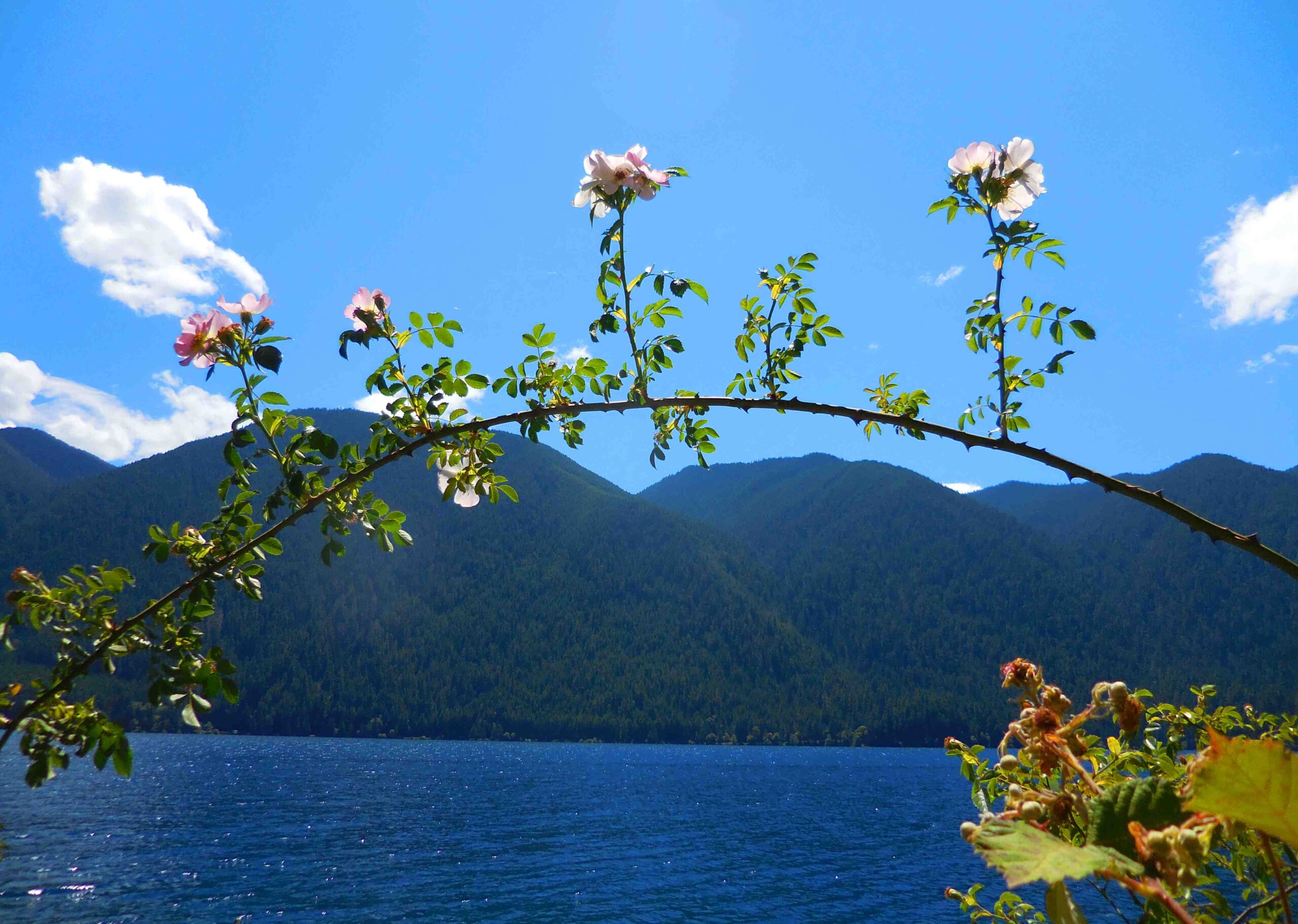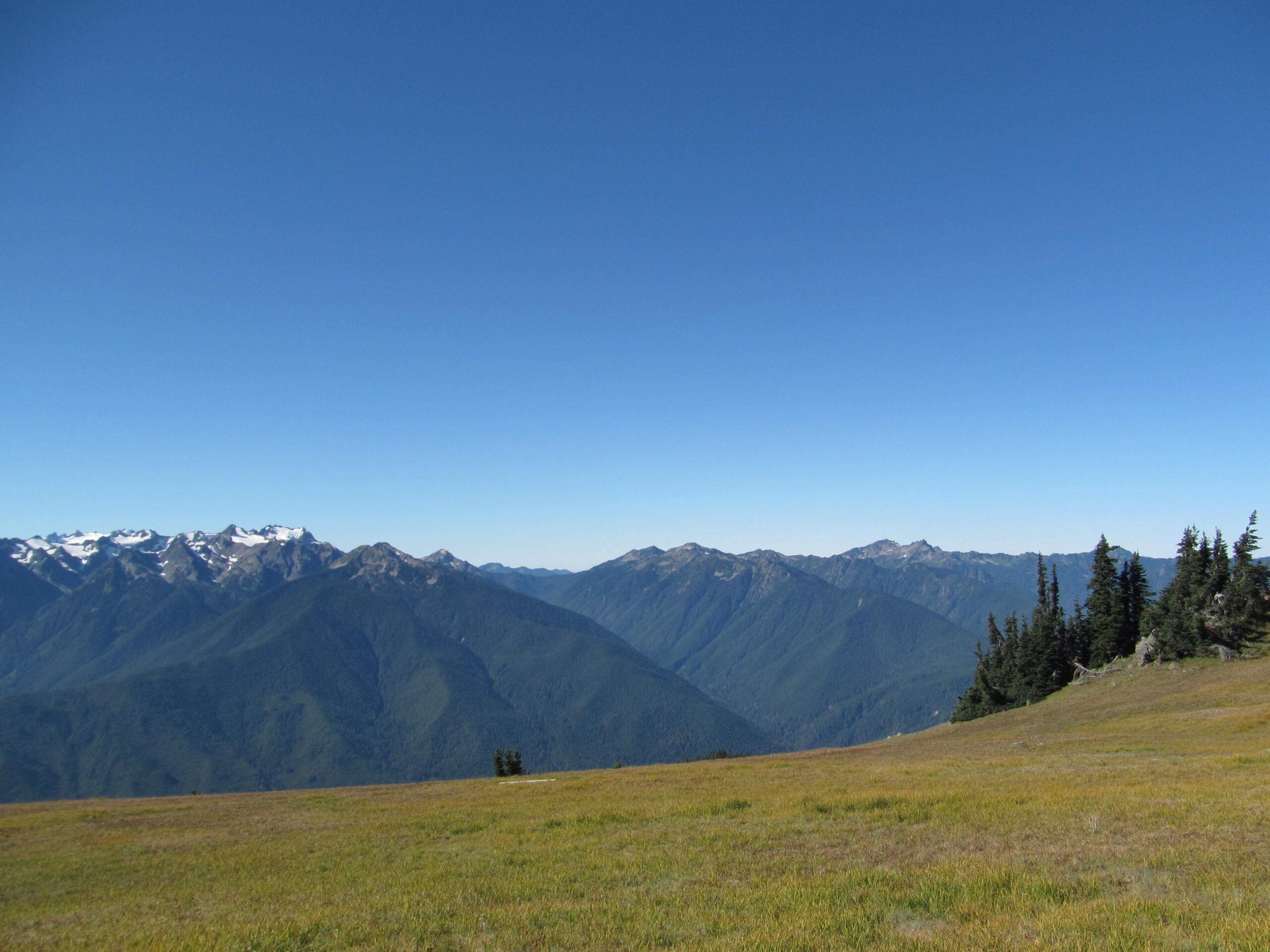Olympic National Park is not located within a specific city but spans across the Olympic Peninsula in northwestern Washington State. The park encompasses nearly one million acres of diverse ecosystems, including rugged coastlines, lush rainforests, and alpine peaks. While not situated in a single city, Olympic National Park is accessible from several nearby towns, with Port Angeles serving as the primary gateway. This guide will explore the park’s location, nearby cities, and essential information for visitors planning their trip to this natural wonder.
Where is Olympic National Park Located?

Olympic National Park is situated on the Olympic Peninsula in the northwestern corner of Washington State. The park’s vast expanse covers a significant portion of the peninsula, bordered by the Pacific Ocean to the west and the Strait of Juan de Fuca to the north. While not within city limits, the park is accessible from several surrounding communities.
What is the Nearest City to Olympic National Park?
Port Angeles is widely considered the primary gateway to Olympic National Park. Located on the northern edge of the Olympic Peninsula, Port Angeles offers the most comprehensive access and amenities for park visitors.
How Far is Port Angeles from Major Cities?
- Seattle: Approximately 82 miles
- Portland, Oregon: About 230 miles
What are the Key Access Points from Port Angeles?
- Hurricane Ridge Entrance: 17 miles from Port Angeles
- Elwha Entrance
- Sol Duc Entrance
These entrances are accessible via US 101, which circles the Olympic Peninsula.
What Other Cities Provide Access to Olympic National Park?
While Port Angeles is the primary gateway, other cities also offer access to different parts of the park:
- Forks
- Location: West side of the Olympic Peninsula
- Distance from Port Angeles: Approximately 110 miles
-
Access to: Hoh Rain Forest and coastal areas
-
Aberdeen and Hoquiam
- Location: Southern part of the Olympic Peninsula
- Distance from Port Angeles: About 120 miles
- Access to: Southern parts of the park, including Quinault Rain Forest
How Can Visitors Reach Olympic National Park?

What Transportation Options are Available?
- Road Access
- US 101 circles the Olympic Peninsula, providing access to various park entrances
-
Personal vehicle recommended for exploring the park
-
Public Transportation
- Limited within the park
-
Local services and tour operators available in surrounding areas
-
Ferry
- Option for visitors from Canada
- Ferry from Victoria, BC to Port Angeles (25 miles across the Strait of Juan de Fuca)
What are the Parking Facilities and Costs?
- Parking available at trailheads and visitor centers
- No specific parking fees, but park entrance fee applies
- Private vehicle entrance fee: $30 for a 7-day pass (as of recent data)
What Amenities are Available in Nearby Cities?
| City | Amenities | Accessibility to Park |
|---|---|---|
| Port Angeles | Comprehensive lodging, dining, shopping | Central location, park headquarters |
| Forks | Limited amenities | Good for western park areas |
| Aberdeen/Hoquiam | Some amenities, fewer than Port Angeles | Access to southern regions |
What Should Visitors Know Before Planning Their Trip?
How to Stay Updated on Park Conditions?
- Check the official National Park Service website
- Visit park visitor centers for current information
- Monitor road conditions, especially during winter months
What are the Must-See Attractions in Olympic National Park?
- Hurricane Ridge: Panoramic mountain views
- Hoh Rain Forest: Lush temperate rainforest
- Ruby Beach: Scenic coastal area with sea stacks
- Sol Duc Falls: Beautiful waterfall in old-growth forest
- Lake Crescent: Pristine glacial lake
What Activities are Available in the Park?
- Hiking: Over 600 miles of trails
- Camping: Multiple campgrounds throughout the park
- Wildlife viewing: Diverse ecosystems support various species
- Photography: Stunning landscapes and natural beauty
- Fishing: In designated areas with proper permits
How Does the Location of Olympic National Park Affect its Ecosystems?
Olympic National Park’s unique location contributes to its diverse ecosystems:
- Coastal Areas: Influenced by the Pacific Ocean
- Temperate Rainforests: Receive abundant rainfall due to proximity to the coast
- Alpine Regions: Higher elevations in the Olympic Mountains
This diversity makes the park a UNESCO World Heritage Site and International Biosphere Reserve.
What is the Best Time to Visit Olympic National Park?
The best time to visit depends on personal preferences and desired activities:
- Summer (June-August): Peak season, ideal for hiking and most activities
- Spring (April-May): Wildflowers bloom, fewer crowds
- Fall (September-October): Beautiful foliage, mild weather
- Winter (November-March): Snow activities at Hurricane Ridge, less crowded
Remember that weather can vary significantly across the park due to its diverse landscapes and elevations.
By understanding the location and nearby cities of Olympic National Park, visitors can better plan their trip to this natural wonder. Whether basing your stay in Port Angeles or exploring from other nearby towns, the park offers a wealth of natural beauty and outdoor experiences for all to enjoy.

